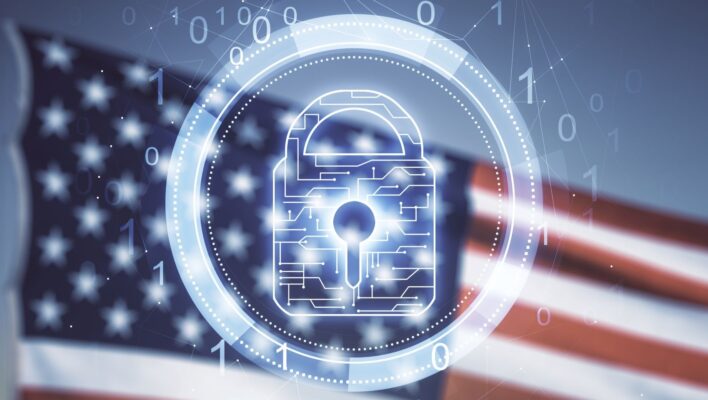US Government Releases Comprehensive DDoS Mitigation Guidelines – A Quick Look!
The US cybersecurity agency CISA, the FBI, and the MS-ISAC have released updated joint guidance on how federal agencies and other organizations can defend against denial-of-service (DoS) and distributed denial-of-service (DDoS) attacks.

Initially published in October 2022, the guidance (PDF) has been updated with a categorization of DoS and DDoS attacks into three types, with DDoS technical definitions, and mitigation recommendations for protecting against the outlined DDoS attack types.
Types of DDoS Attacks
- Volume-based attacks: These aim to overwhelm the target by flooding it with a massive volume of traffic.
- Protocol-based attacks: Attackers exploit weak protocol implementations to degrade performance or cause malfunction.
- Application layer-based attacks: These target vulnerabilities in specific applications or services, consuming processing power or causing malfunction.
Understanding the Threat: DDoS Attacks Explained
A DDoS attack functions like a digital siege. Hackers harness a network of compromised devices, often referred to as a botnet, to bombard a target system with a deluge of traffic requests. This overwhelms the target’s capacity, rendering it inaccessible to legitimate users. Public sector entities, managing crucial services like social security, healthcare, and emergency response, are prime targets for such attacks. Disrupting these services can have cascading effects, jeopardizing public safety and trust.
The New Guidance: A Roadmap for Enhanced Resilience
The recently released guidance by the US government serves as a comprehensive resource for federal, state, and local government agencies. It addresses the specific challenges faced by the public sector in combatting DDoS attacks and outlines a roadmap for building robust defenses.
Here are some key aspects covered in the guidance:
- DDoS Attack Categorization: The document provides a clear categorization of DDoS attacks, differentiating them from Denial-of-Service (DoS) attacks launched from a single source. This distinction aids in implementing targeted mitigation strategies.
- Mitigation Recommendations: The guidance offers a comprehensive set of recommendations for mitigating DDoS attacks. These include:
- Risk Assessments: Regularly conducting risk assessments to identify potential vulnerabilities within networks.
- Network Monitoring: Implementing robust network monitoring tools to detect and analyze traffic patterns.
- Traffic Filtering: Utilizing firewalls and Captcha challenges to filter out suspicious or malicious traffic.
- Incident Response Plans: Establishing a well-defined incident response plan that outlines actions to be taken during a DDoS attack.
- Infrastructure Resilience: The guidance emphasizes the importance of bolstering infrastructure resilience. This includes:
- Increased Bandwidth Capacity: Scaling up bandwidth capacity to handle unexpected traffic surges during an attack.
- Load Balancing: Implementing load balancing solutions to distribute traffic across multiple servers, preventing a single point of failure.
- Redundancy and Failover Mechanisms: Establishing redundancy and failover mechanisms to seamlessly redirect traffic to alternative resources in case of an attack.
- Data Backups: Regularly backing up critical data to facilitate rapid recovery and minimize potential data loss.
By following these recommendations, public sector agencies can significantly enhance their preparedness and response capabilities in the face of DDoS attacks.
The Importance of Proactive Measures
The new guidance underscores the importance of a proactive approach to cybersecurity. By implementing these measures, public sector agencies can not only protect critical services but also deter potential attackers by demonstrating a robust defense posture. This collaborative effort between the government and public sector entities is crucial in safeguarding the nation’s critical infrastructure and ensuring the uninterrupted delivery of essential services to the public.
You think you have a story worth everyone’s time? SUBMIT A STORY and we will publish it.
Share this content:




Post Comment